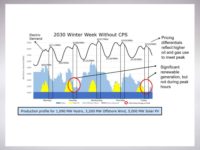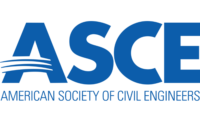The American Society of Civil Engineers (ASCE) released a new update to its most widely used standard, ASCE/SEI 7-22 Minimum Design Loads and Associated Criteria for Building and Other Structures. The update — which is available in a supplement as a free download — revises design provisions in Chapter 5 to strengthen building resilience against the flood hazard. The design standard’s new flood load provisions are designed to protect against 500-year flood events, up from the 100-year flood hazard referenced in the previous version.
“For more than 30 years, the ASCE 7 standard has been the authoritative source for the specification of minimum design loads and related criteria in the civil engineering community,” said ASCE Executive Director Tom Smith. “To ensure structures continue to be safe for the public, it is imperative that the standards we rely on are updated to account for emerging risks to the built environment. This Supplement is the most significant change to the standard’s flood load provisions since the inception of ASCE 7 and will improve the safety and reliability of structures across the globe.”
The primary technical updates relative to climate impacts include a new requirement tying flood hazard mitigation design to Risk Category, which is consistent with other environmental hazards in ASCE 7. There are four categories from which a building designer can select based on the intended use of the structure, ranging from the least risk to human life in the event of failure in Risk Category I structures to the greatest risk to human life in the event of failure in Risk Category IV structures.
The new provisions require Risk Category II structures and above to use the 500-year floodplain to determine flood loads. Risk Category II structures, the most commonly used category, include one- and two-family buildings, low to medium occupancy businesses, or recreational facilities. Risk Category I structures, including agricultural buildings such as barns and sheds, could still follow 100-year flood provisions.
The supplement also introduces a new requirement for relative sea level change as it relates to each individual structure. The sea level rise estimated over the service life of the structure must be added to the design’s flood mitigation plans.
The development of Chapter 5 — along with its planned adoption into the 2027 International Building Code (IBC) — and subsequent coordination and updates to the ASCE/SEI 24 Flood Resistant Design and Construction Standard have been accomplished in coordination and collaboration with FEMA and the agency’s effort to update and advance the National Flood Insurance Program’s Minimum Floodplain Management Standards.




